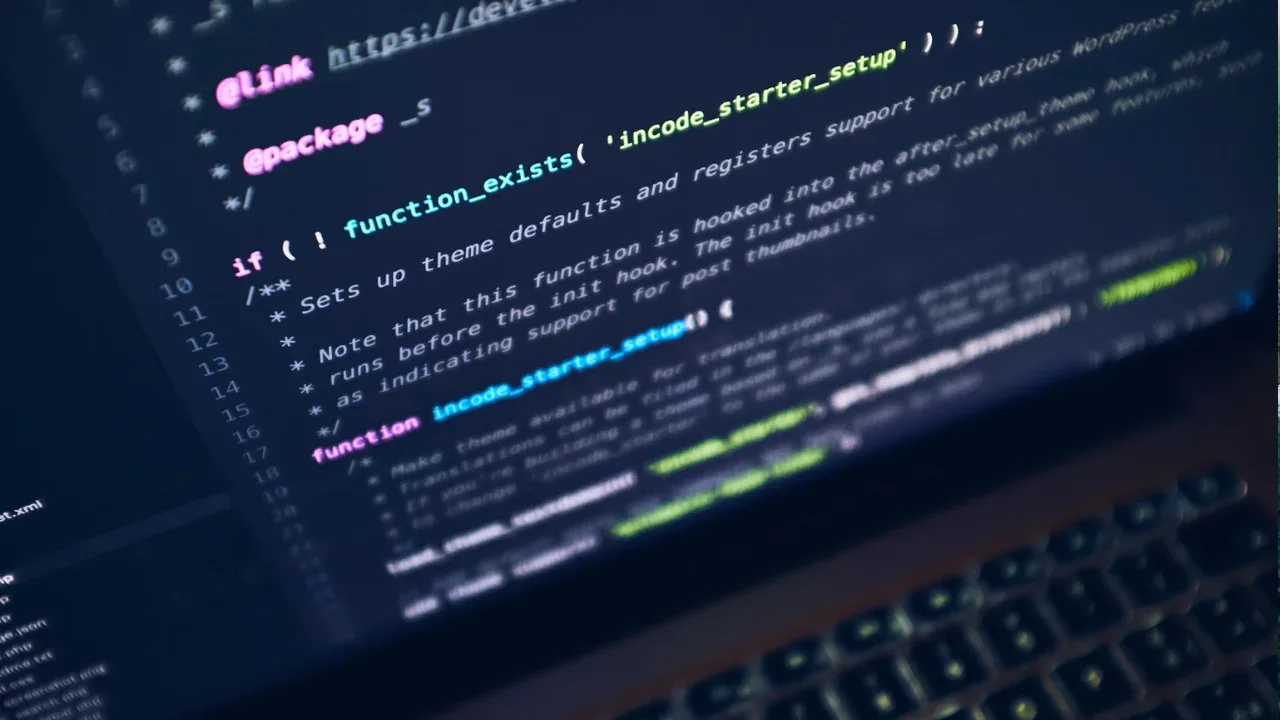How to use filter, map, and reduce in Python 3

How to Use filter, map, and reduce in Python 3: A Complete Guide
Introduction 🐍
Python 3 has made some changes to the filter, map, and reduce functions compared to Python 2. If you're accustomed to working with these functions in Python 2 and now finding them breaking in Python 3, you're not alone! In this guide, we will discuss the differences and provide easy solutions to make your Python 3 code work like the Python 2 code did.
Understanding the Differences 🔄
filter Function:
In Python 2, the filter function returned a list containing the filtered elements. However, in Python 3, filter returns an iterable object called a filter object. To obtain a list, you can simply convert the filter object into a list using list().
# Python 2
filter(f, range(2, 25)) # Output: [5, 7, 11, 13, 17, 19, 23]
# Python 3
list(filter(f, range(2, 25))) # Output: [5, 7, 11, 13, 17, 19, 23]map Function:
Similar to filter, the behavior of the map function has changed in Python 3. In Python 2, map returned a list, but in Python 3, it returns a map object, which is an iterable. You can also convert the map object into a list using list().
# Python 2
map(cube, range(1, 11)) # Output: [1, 8, 27, 64, 125, 216, 343, 512, 729, 1000]
# Python 3
list(map(cube, range(1, 11))) # Output: [1, 8, 27, 64, 125, 216, 343, 512, 729, 1000]reduce Function:
Python 3 has moved the reduce function from the built-in namespace to the functools module. Therefore, you need to import the reduce function from functools before using it.
# Python 2
reduce(add, range(1, 11)) # Output: 55
# Python 3
from functools import reduce
reduce(add, range(1, 11)) # Output: 55Easy Solutions to Make Your Python 3 Code Work 🚀
To make your Python 3 code work like Python 2, you can follow these simple steps:
For the
filterfunction, convert the filter object into a list usinglist().For the
mapfunction, convert the map object into a list usinglist().For the
reducefunction, import it from thefunctoolsmodule before using it.
Conclusion 🏁
Python 3 introduced changes to the filter, map, and reduce functions, which might lead to confusion if you're transitioning from Python 2. By understanding the differences and following the easy solutions provided, you can successfully use these functions with Python 3. So go ahead and start filtering, mapping, and reducing data with confidence in Python 3!
If you found this guide helpful, don't forget to share it with your Python enthusiast friends 🙌. If you have any questions or comments, feel free to reach out in the comments section below. Happy coding! 💻✨


